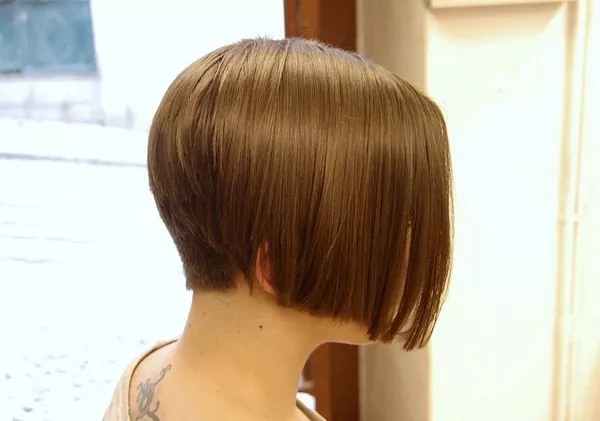The textured lob haircut has emerged as a timeless and versatile hairstyle, adored by celebrities and everyday individuals alike. With its effortless chic appeal and adaptability to various hair types and face shapes, the textured lob has become a go-to choice for those seeking a stylish yet low-maintenance look. In this comprehensive guide, we unravel the intricacies of the textured lob haircut, addressing the potential needs of users looking to understand and achieve this coveted hairstyle.
Understanding the Textured Lob: A Modern Classic
The textured lob, short for “long bob,” combines the sophistication of a bob haircut with the relaxed vibe of textured layers. Unlike its blunt counterpart, the textured lob features subtle layers and tousled ends, creating movement and dimension throughout the hair. This versatile hairstyle can be customized to suit individual preferences, whether you prefer soft, face-framing layers or edgy, choppy ends.
The key to achieving the perfect textured lob lies in the cutting technique, which involves creating layers and texture to enhance the hair’s natural volume and movement. Additionally, the length of the lob can vary, ranging from just above the shoulders to collarbone length, allowing for endless styling possibilities.
By mastering the art of the textured lob haircut, you can effortlessly elevate your hairstyle to new heights of chic sophistication.
The Anatomy of a Textured Lob
Before delving into the cutting process, it’s essential to understand the key elements that define a textured lob haircut:
Length: The length of a textured lob typically falls between chin and collarbone length, although variations exist to suit different preferences and face shapes.
Layers: Textured lobs feature subtle layers throughout the hair, which add movement and volume without sacrificing length. These layers are strategically placed to frame the face and enhance the hair’s natural texture.
Texture: Texture is a defining characteristic of the textured lob haircut, achieved through techniques such as point cutting, slicing, and razoring. These methods create soft, feathered ends and add dimension to the hair.
Styling Versatility: One of the benefits of the textured lob is its versatility in styling. Whether you prefer sleek and polished or tousled and beachy, the textured lob can be styled to suit any occasion or mood.
By understanding these elements, you can work with your hairstylist to create a customized textured lob haircut that complements your unique style and features.
Achieving the Perfect Textured Lob: The Cutting Process
The key to achieving a flawless textured lob lies in the cutting technique, which requires precision and attention to detail. Here’s a step-by-step guide to achieving the perfect textured lob haircut:
Consultation: Start by consulting with your hairstylist to discuss your desired length, texture, and styling preferences. Bring along reference photos to help convey your vision and ensure you and your stylist are on the same page.
Preparation: Begin by washing and towel-drying your hair to remove any product buildup or impurities. This will ensure a clean canvas for the haircut and allow your stylist to assess your hair’s natural texture and movement.
Sectioning: Divide your hair into sections to facilitate the cutting process. Start by parting your hair down the middle to create two equal sections, then divide each section into smaller subsections as needed.
Layering: Using a combination of techniques such as point cutting, slicing, and razoring, your stylist will create soft, blended layers throughout the hair. These layers will add volume and movement while maintaining the overall length of the lob.
Texturizing: Once the layers are in place, your stylist will use texturizing shears or razors to add texture and dimension to the ends of the hair. This step creates the signature tousled look associated with textured lobs and enhances the hair’s natural texture.
Refinement: After the initial cutting and texturizing are complete, your stylist will assess the overall shape and length of the textured lob and make any necessary adjustments to ensure symmetry and balance. This may involve fine-tuning the layers or adding additional texture as needed.
Styling: Finally, your stylist will style your textured lob haircut to perfection, using techniques such as blow-drying, curling, or straightening to achieve your desired look. They may also recommend products to enhance volume, texture, and hold, depending on your hair type and styling preferences.
Conclusion
The textured lob haircut offers a perfect balance of sophistication and ease, making it a timeless choice for individuals seeking a stylish yet low-maintenance hairstyle. By understanding the key elements that define a textured lob and following the cutting process outlined in this guide, you can achieve the perfect textured lob haircut that complements your unique style and features.
Whether you prefer soft, face-framing layers or edgy, choppy ends, the textured lob can be customized to suit your preferences and lifestyle. So why wait? Embrace the effortless chic of the textured lob haircut and elevate your hairstyle to new heights of sophistication and style.

